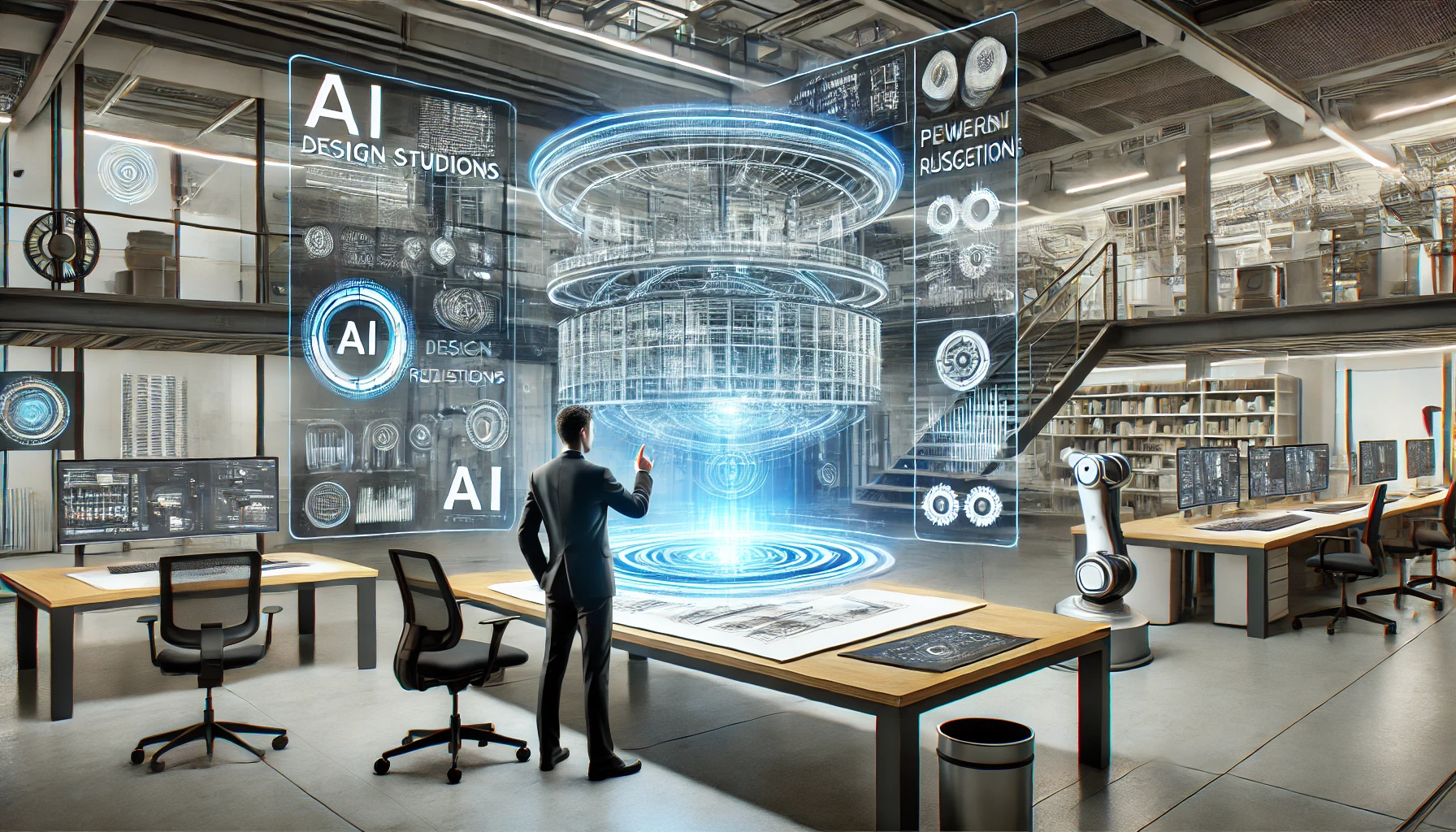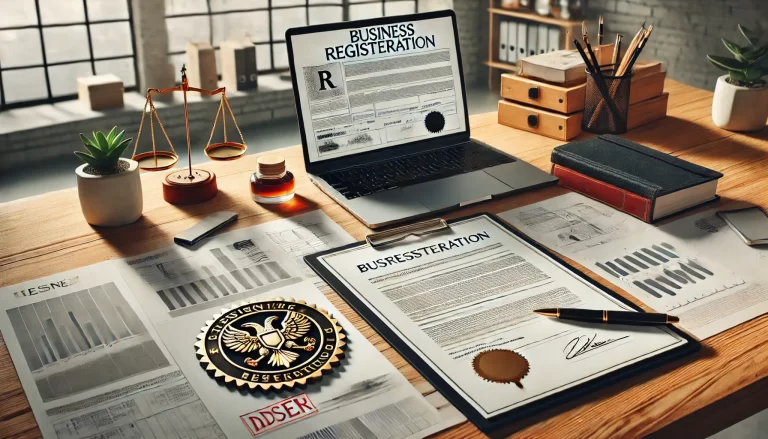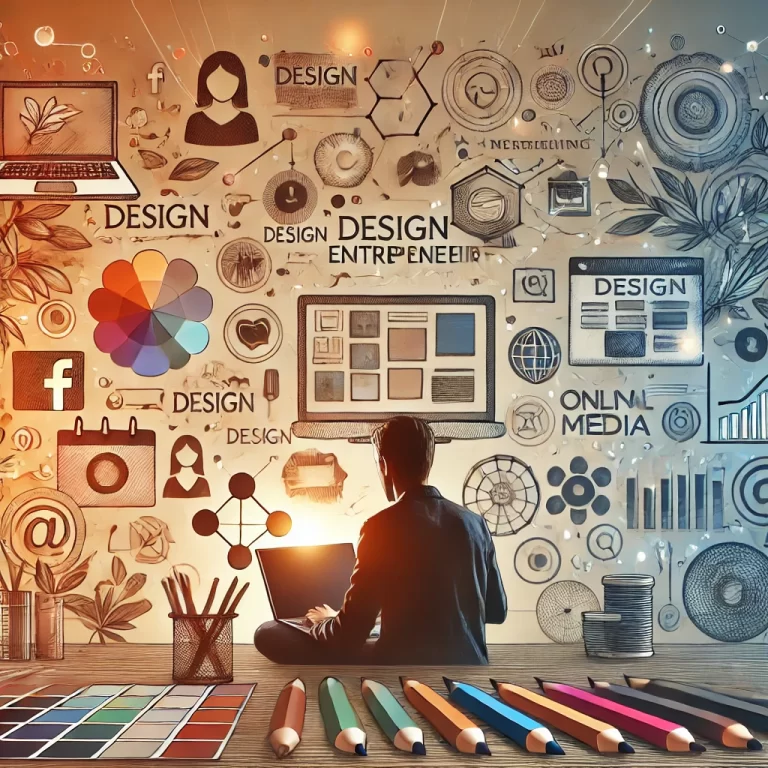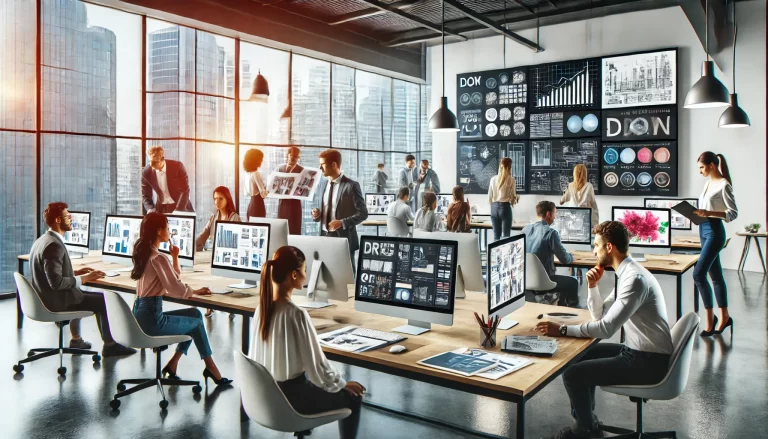The Role of AI and Automation in Modern Design Firms

AI and automation are transforming industries, and design firms are no exception. From improving design processes to increasing productivity, AI offers significant potential for innovation. Here’s how:
1. AI-Powered Design Tools
AI-driven design tools are revolutionizing how designers work. Programs like Adobe Sensei use machine learning algorithms to suggest design improvements, automate repetitive tasks, or enhance images. These tools allow designers to focus more on creative aspects while AI handles the technical details.
2. Streamlined Client Interaction
AI chatbots and virtual assistants can handle client inquiries 24/7, providing instant responses and freeing up your team to focus on more critical tasks. Chatbots can assist clients with project details, schedule meetings, and provide status updates, ensuring quick and efficient communication.
3. Automation in Design Revisions
Automation tools can track design iterations and automatically apply changes based on predefined rules. For example, if a client requests multiple design revisions, AI-powered tools can make those adjustments automatically, ensuring that the final design aligns with the client’s preferences.
4. Predictive Analytics for Project Management
AI can analyze past projects and predict timelines, budgets, and potential risks for future projects. By providing data-driven insights, AI helps design firms make informed decisions, improve project outcomes, and avoid delays or budget overruns.
5. Enhancing Creativity with AI
While AI can automate tasks, it can also enhance creativity. AI can generate design concepts, suggest color schemes, or offer design alternatives, helping designers explore new possibilities and push creative boundaries. This allows designers to expand their ideas without spending excessive time on preliminary drafts.
6. Reducing Errors and Increasing Precision
Automation ensures consistency and accuracy in design work. With the help of AI, design firms can reduce human errors, such as miscalculations or design flaws, and maintain high-quality work throughout the process.
Conclusion
AI and automation are transforming design firms by improving efficiency, reducing manual labor, and boosting creativity. By embracing these technologies, design businesses can streamline workflows, enhance client experiences, and remain competitive in an increasingly digital world.






